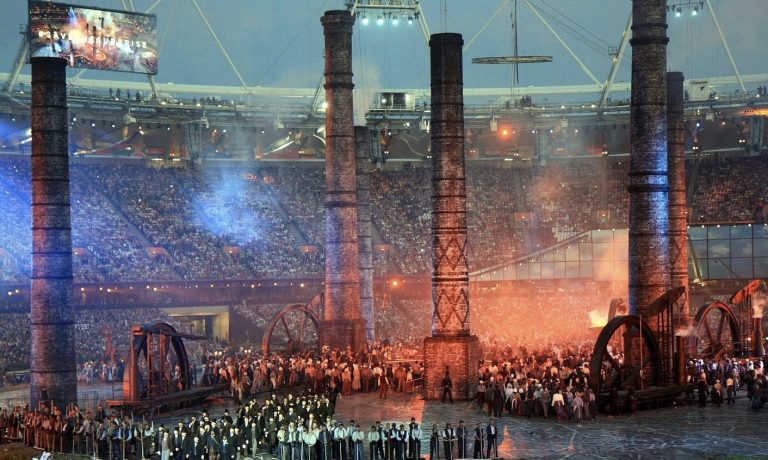A major shift in the way we live, work, and interact with one another has been brought by the 4th industrial revolution. It is a new stage in the evolution of humanity, facilitated by remarkable technological breakthroughs like those of the first, second, and third industrial revolutions. These developments merge the physical, digital, and biological worlds in ways that provide incredible potential and risk.
This revolution’s speed, breadth, and depth drive us to reconsider how nations grow, how
businesses generate value, and even what it means to be human. The 4th industrial revolution offers an opportunity for everyone, including leaders, governments, and people from all socioeconomic categories and countries, to utilize convergent technologies to build an inclusive, human-centered future. It is more than just a time of technological transition.
Technologies Driving 4th Industrial Revolution
Emphasizing the technologies driving the 4th industrial revolution will make it easier to understand. They consist of the following:
- Artificial Intelligence: It refers to the potential of computers to think like people. They can analyze information, generate conclusions, and detect complicated patterns. Artificial intelligence is utilized in many applications, such as detecting patterns in vast amounts of unstructured data and powering your phone’s autocorrect feature.
- Blockchain: It eliminates the need for third-party intermediaries and provides a safe, decentralized, transparent method of storing and distributing data. In addition, the technology can secure sensitive medical data anonymously, make supply chains traceable, and stop voter fraud.
- Faster computer processing: The emergence of the cloud has enabled businesses to safely store and access their information from any location with an internet connection. At the same time, new computer technologies make computers smarter and enable them to manage huge amounts of data faster than ever.
- Virtual and Augmented Reality: While augmented reality combines the physical and digital worlds, virtual reality offers immersive digital experiences that inspire the real world.
- Biotechnology: It uses cellular and biomolecular processes to create new goods and technology for various applications, such as creating new medications and materials, improving industrial manufacturing processes, and creating cleaner and more effective energy sources.
- Robotics: Robotics is the design, production, and application of robots for private and public purposes. Since technological advancements have made robots smarter and more complex, we will soon see robot assistants in every home. Wide-ranging industries like manufacturing, health, safety, and human resistance use them.
- The internet of things: IoT refers to day-to-day objects connected to the internet and recognized by other devices. Examples include autos and tracking devices implanted into packages and medical wearables that monitor a user’s physical state.
- 3D Painting: It makes it possible for manufacturing companies to print their parts more quickly, more cheaply, and with less tooling than they could with conventional methods. Furthermore, the design can be altered to achieve a precise fit.
Impact of the 4th Industrial Revolution
Like the previous three industrial revolutions, the 4th one is anticipated to have an impact on a variety of societal elements. Here are a few areas where the 4th industrial revolution could have an impact:
- Government: The 4th industrial revolution has given people new methods to interact with their governments. Moreover, blockchain, IoT, and digital analytics give citizens new tools to increase accountability and reduce government corruption. These technologies also allow governments additional authority to control people and digital infrastructures.
- Business: Significant changes are being brought around business and industry by the technologies of the 4th industrial revolution. Consumers’ expectations of brands and businesses have changed because of businesses’ ability to provide more individualized, connected customer experiences.
- Work: The workplace is likewise affected by the 4th industrial revolution’s disruptions. Many employments have become obsolete due to rising automation and the widespread use of AI in the workplace. Still, at the same time, new job categories have been created due to adopting these technologies.
- Society: The 4th industrial revolution has impacted society and daily life. How people identify themselves and their perception of privacy and consumption habits might alter as an outcome.
Innovation and future
The 4th Industrial Revolution is a call to action rather than a future forecast. It is a vision for creating, distributing, and governing technologies to promote a stronger, more collaborative, and long-lasting framework for social and economic development, based on shared values such as the welfare of all, respect for human dignity, and ownership of the future generations.

0 Comments